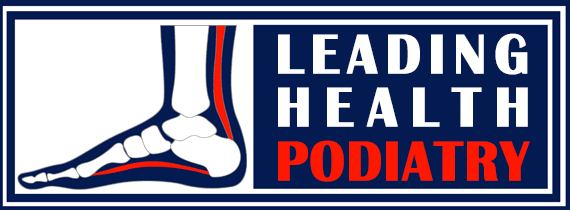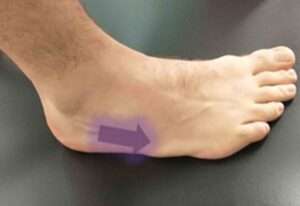Iselin’s Disease
Iselin’s Disease: Understanding and Treating Growth-Related Foot Pain
Iselin’s disease, also known as Iselin’s syndrome, is a temporary growth-related condition that affects children and adolescents. This condition impacts the outermost long bone in the foot, the fifth metatarsal, and occurs most commonly in physically active boys and girls between the ages of 8 and 14.
What Causes Iselin’s Disease?
Iselin’s disease occurs when the growth plate in the fifth metatarsal becomes inflamed. Growth plates are cartilage areas in the bones that allow for growth and lengthening. These areas are softer and more prone to injury, especially during periods of rapid growth.
Like other growth-related conditions such as Sever’s disease (heel pain) or Osgood-Schlatter disease (knee pain), Iselin’s is worsened by physical activity, particularly jumping, barefoot activities, or narrow-fitting footwear. Foot mechanics, such as flat feet (splaying of the forefoot) or high arches (walking on the outside of the feet), also contribute to the development of Iselin’s disease.
It’s important to get the right diagnosis from a podiatrist, as Iselin’s can be confused with tendonitis, sprains, fractures, or even an ankle injury. In some cases, Iselin’s disease may occur along with an ankle sprain due to the trauma on the outside of the foot.
Symptoms of Iselin’s Disease
The pain from Iselin’s disease usually begins without any history of injury. It is felt on the outside of the foot near the styloid process (the bony bump). The pain often starts as a dull ache but worsens with physical activity, especially in sports like soccer or basketball, or when wearing tight footwear.
Common symptoms include:
- Pain on the outside of the foot near the styloid process
- Swelling and redness around the painful area
- Pain worsens with activity and tight-fitting footwear
- Limping in severe cases
- Relief with rest
Treatment for Iselin’s Disease
Treatment for Iselin’s disease focuses on relieving pain and promoting healing while considering your child’s foot mechanics. The treatment plan is tailored to your child’s symptoms, activity level, and foot structure.
Initial treatments include:
- Ice application: To reduce swelling and inflammation.
- Padding and offloading: To protect and cushion the affected area.
- Footwear adjustments: Switching to shoes that don’t irritate the painful area.
- Orthotics: Custom insoles that help correct biomechanical issues and reduce pressure on the outside of the foot.
- Stretching exercises: To relieve tension in the foot and legs.
- Massage: To target the peroneal muscles and other muscles contributing to the pain.
The pain will improve over time as your child grows, but recovery times vary. Growth plates remain open until your child’s growth is complete, so the healing process may take time.
Get the Right Care for Iselin’s Disease
If your child is experiencing foot pain or you suspect Iselin’s disease, get in touch with Leading Health Podiatry. Our podiatrists assess and treat growth-related foot conditions like Iselin’s disease with personalized treatment plans designed to reduce pain and support recovery.
Call us today to schedule an appointment and take the first step towards effective treatment for your child’s foot health.

